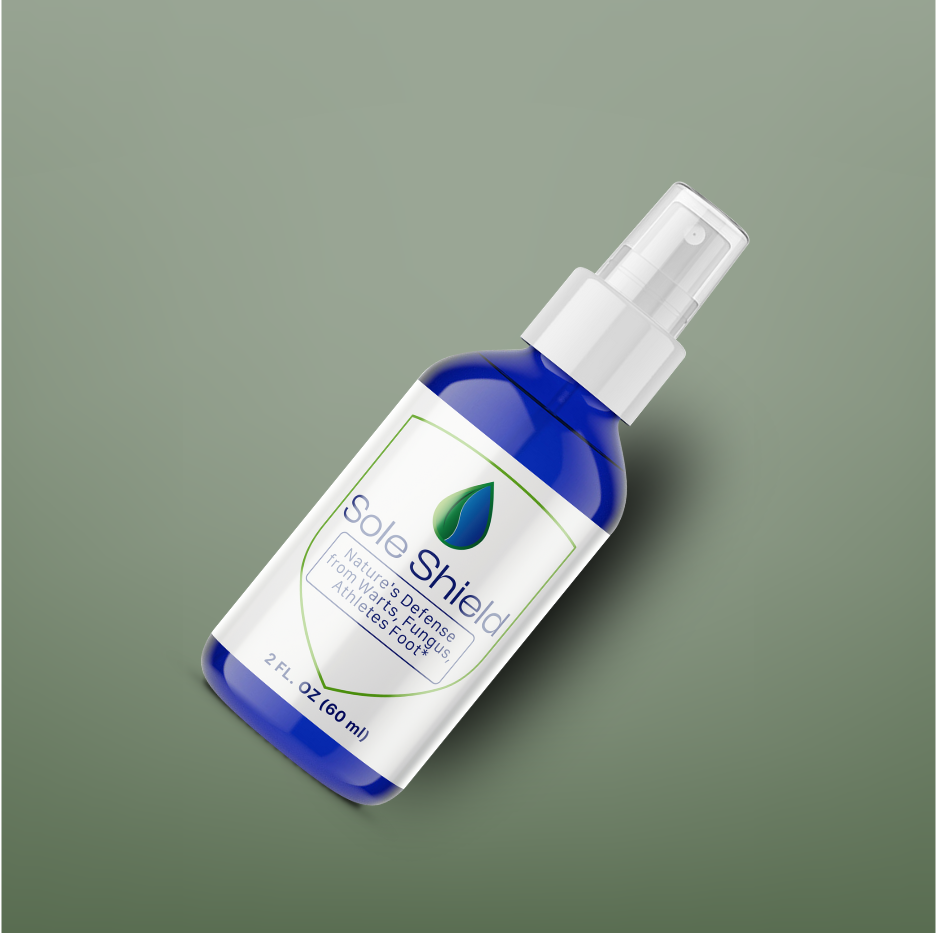The role of iodine in the nutritional field is well known as a trace element comprising a pollutant for the biochemist synthesizing its compounds. Recently, Iodine, particularly molecular iodine I2, gained new attention for its effective inhibition of neoplastic processes and its potential influence on cancer incidence.
Studies have shown that varying iodine levels might affect the risk of developing various cancers, highlighting the relationship between iodine intake and cancer risk. This blog presents new findings about the effect of iodine on growth processes in cancer cells in culture and its possible application in therapy.
Iodine and Cancer Prevention

Iodine’s potential protective benefits have made it the subject of many studies especially in cancers like breast cancer. Available research suggests iodine deficiency presents a high breast cancer potential hence adequate iodine intake is necessary for prevention. It has been established that iodine supplementation leads to decrease in the incidence of breast cancer which can otherwise be quite instrumental in promoting /preserving breast health.
The anticancer effect of iodine is believed to be because of its antioxidant action as well as anti- inflammatory properties which are helpful in cleaning out the free radicals and curbing inflammation which contribute to the development of cancer.
Iodine has also been demonstrated to surprise the proliferation of cancerous cells and even causes cancer cell apoptosis in a number of studies. These studies highlight what has previously been suggested in that iodine not only helps in the prevention of cancers, but also in breast cancers.
Iodine Deficiency and Breast Cancer
Iodine deficiency has been cited as one of the well-defined risk factors for breast cancer. With a lack of iodine within the body, undergoes profound changes in breast tissue such as increasing the number of breast cells formation, and decreasing the internal iodine content in the breast tissue. These changes can create a good environment for breast cancer to occur.
Other studies also highlighted the connection of low iodine levels and susceptibility to breast cancer, thus the need to remedy such situations. It has been established that supplementation of iodine will help rectify this condition and in so doing help reduce incidences of breast cancer. Of significance is the fact where breast cancer is present, prisoners of this disease ration iodine are much less than healthy women. This only strengthens the argument of iodine intake to boost breast health while also reducing the prevalence of breast cancer.
Molecular Iodine and Its Anticancer Mechanisms
The use of iodine as an antitumor drug has attracted the attention of many researchers due to its efficacy in real practice as well as in laboratory conditions. It is quite remarkable that I2 and iodine containing medications such as povidone-iodine (PVP-I) and lugol’s solution inhibited the growth of breast, melanoma and lung carcinoma cell lines (Rösner et al., 2016).
One of the primary conclusions regarding the pharmacological action of iodine, including the compounds of the present work, is its impact on cell proliferation, particularly in cancer cells. Additionally, iodine has shown effectiveness against various human carcinoma cell lines, demonstrating its broad antitumor potential.
For instance, the treating concentration of 20-80M PVP-I I2 was effective in inhibiting the growth of breast cancer cell line, MCF-7 and IPC melanoma and A549, H1299 lung cancer cell lines proliferation. The response was similar in other cancers, thus broadening the anticancer spectrum of iodine.
Iodine impacts the expression of vascular endothelial growth factor (VEGF), which plays a significant role in cancer progression and metastasis.
Iodine and Estrogen-Regulated Genes in Breast Cancer Research

New findings reveal how iodine affects the expression of estrogen-regulated genes in breast cancer cells. Iodine also appears to alter the expression of breast cancer relevant genes. Change in these genes allows iodine to inhibit the proliferation of breast cancer cells and stimulate programmed cell death in these malignant cells.
Furthermore, iodine has been revealed to lower the levels of estrogen receptors in breast cancer cells and thus the potential of their activity in stimulating the growth of breast cancer. It can therefore be summarized that iodine is not only beneficial in the prevention of breast cancer but also offers therapeutic potential that targets estrogen pathways in disease management.
The Use of Iodine within the Management of Breast Cancer Cells
Breast cancer is considered an area in which a good number of studies have been conducted on the anticancer effects of iodine probably due to the high prevalence of this illness and the search for newer treatments.
Working with breast cancer patients and healthy women, epidemiological studies have examined urine iodine concentrations of breast cancer patients and established a correlation of iodine status and breast cancer rates.
Molecular iodine inhibits the growth of cultured and transplanted breast type cancer cells alike. It is believed that these actions are due to the promotion of apoptosis and decrease in cellular proliferation (Aceves, Anguiano & Delgado, 2013).
What is also notable is that people suffering from iodine deficiency disorders commonly have other health risks in the case if this disorder is present, especially increased risk of cancers like gastric cancer and breast cancer.
More than this, iodine replacement therapy has in real-life trials resulted in better results especially for diseases like fibrocystic breast disease FBD which presents itself as a risk for breast cancer for quite a number of people. Used simply in relieving breast hypoplasia, iodine is evident that it does also help in modification of breast tissues which possibly inhibit development of breast cancers (Ghent et al. 1993; Kessler 2004).
Iodine in Combination Therapies
Combination treatments that involve iodine compounds appear to be an attractive avenue of research, especially with respect to the intake of iodine and the incidence of thyroid cancer. For instance, It has been demonstrated that if potassium iodide KJ is present along with iodine the anticancer actions of iodine in carcinoma therapies are even further enhanced. Besides, literature shows that iodine can also potentiate some anticancer agents like doxorubicin and improve the prospects of cancer therapy (Rösner et al., 2016).
Use of radioactive iodine, which has been widely employed in the treatment of hyperthyroid conditions, has its share of associated cancer risks. There are studies reporting secondary cancers following radioactive iodine therapy in thyroid cancer patients, implying that well-known therapy harbors risk of prompting new cancer development, in this case, secondary breast and stomach cancers after treatment.
Iodine and Immune Response in Cancer Treatment

Iodine has proven to help in the treatment of cancer by understanding the modulation of the immune system. It has also been shown in studies that iodine can upregulate expression of immune related genes located in the cancer cells thus increasing the chances of the body fighting cancer. The immunomodulatory effect of iodine may help in the control and management of cancer.
Apart from boosting immunity, iodine has also been found to inhibit cancer cells as well as trigger cell death or apoptosis in them, thus having potential in cancer therapy. Studies have also emphasized iodine’s antioxidant as well as its anti-inflammatory properties as helping prevent cancer. Iodine will increase the risk of cancer unless it is able to reduce oxidative stress and inflammation.
Iodine as an Anticancer Agent: Current Controversies
One of the iodine’s superiority is its dual use potential in systemic and localized cancer therapies. Although povidone-iodine (PVP-I) is a topical antiseptic agent, studies have shown that it retains its antiproliferative activity in human blood which means that iodine-based treatment forms may also be incorporated in direct tumor applications or as a systemic treatment of anticancer effects dispersed throughout the body.
Analyses show that iodine preparation can be useful as a part of these strategies: either during diet or as a part of therapy. Thus, there is more work to be done regarding the safe supplementation of iodine and its incorporation into certain body structures as well as side effects on healthy and malignant tissues after exposing them to iodine.
Conclusion
Iodine, especially in its molecular form, emerges as an appealing agent while designing an anticancer drug.
The fact that this compound exhibits activities against cancer cells such as inhibition of proliferation and induction of apoptosis suggests use of this compound in management of cancer.
While current evidence cannot yet be translated into clinical practice, it supports the exploration of iodine in the form of compounds for the treatment of cancer.




